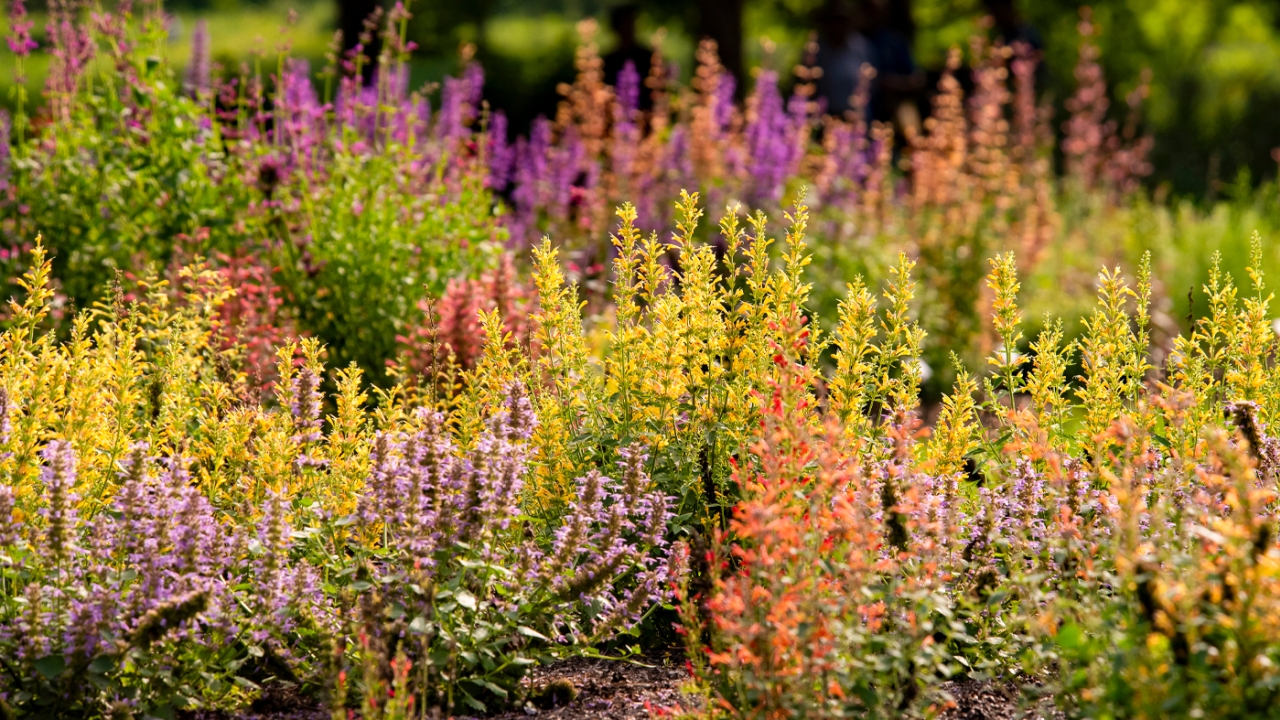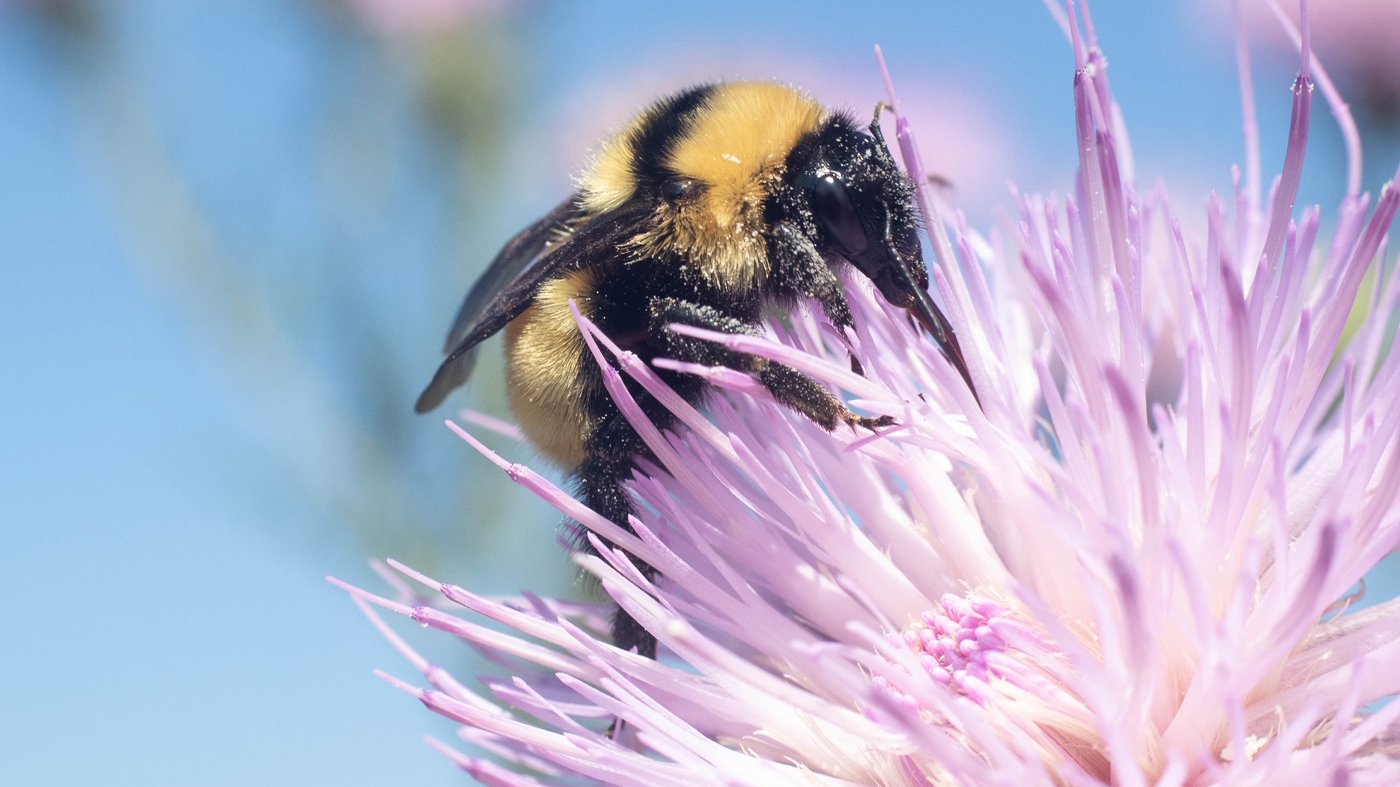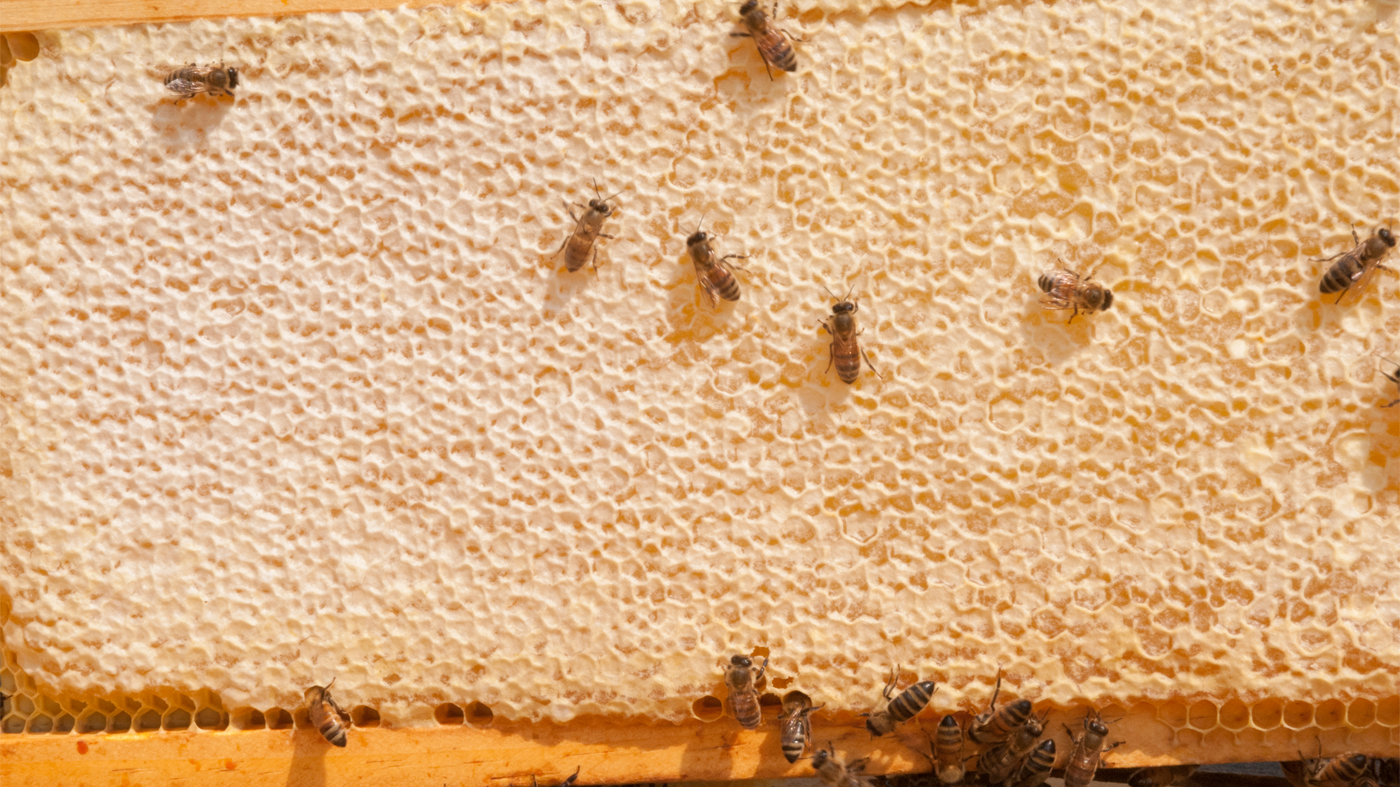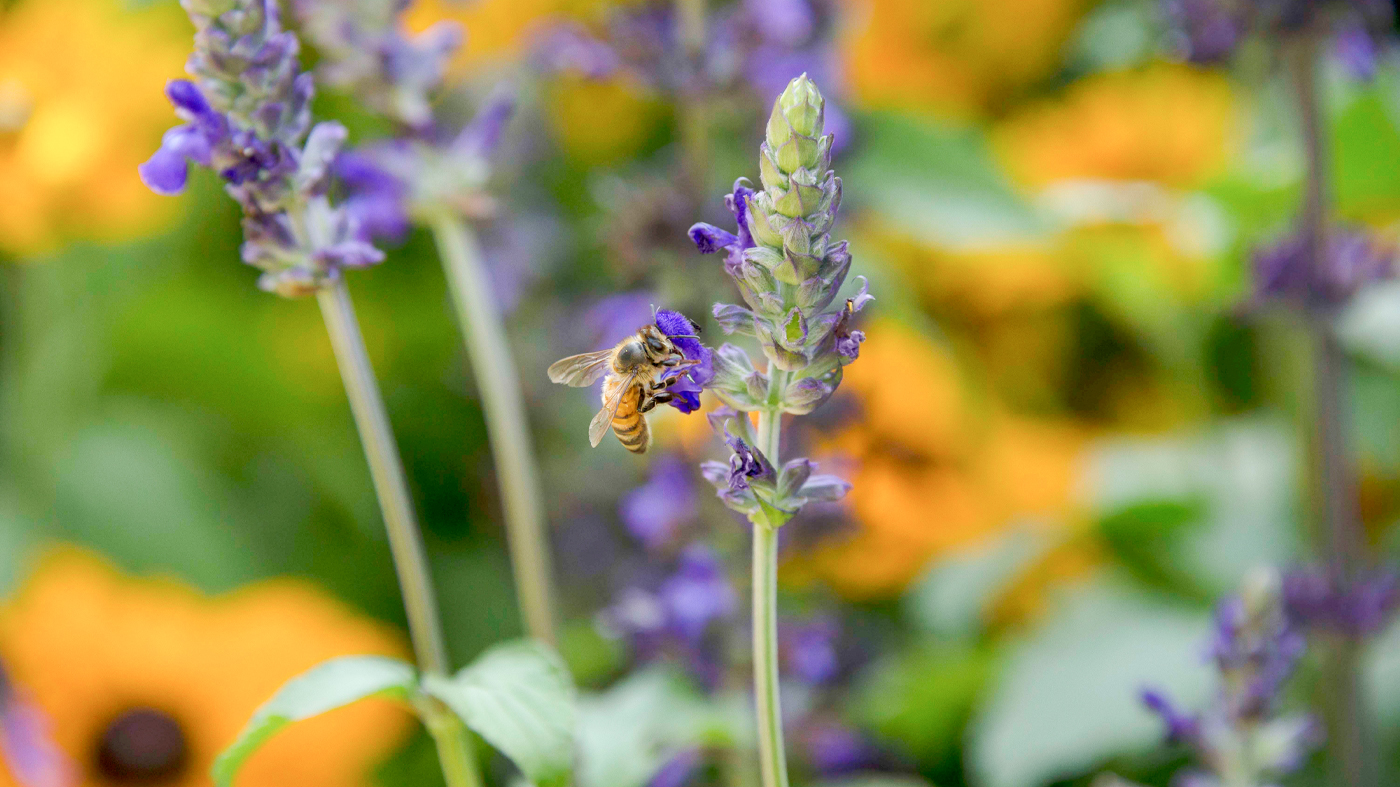

Conservation
Honeybees
Conserving the Buzz
Plants that attract bees:
Bayberry
Bee balm
Big blue lobelia
Black-eyed Susan
Catmint
Foxtail lily
Goldenrod
Jacob's ladder
Joe-pye weed
Lavender
Purple coneflower
Smooth blue aster
Smooth beardtongue
Stonecrop
Sunflower
The Wonders of Bees
Did you know there are more than 20,000 species of bees worldwide? That’s more than all the mammals, amphibians, and reptiles combined! Can you guess how many more eyes they have than humans? In addition to the two most prominent, there are three eyes on top of their heads just for tracking light and motion. There are many fascinating facts we have learned about bees, but the most critically important one is their role in pollination.
Busy Pollinators
Smart gardeners know that it's the presence of pollinators that makes the difference in the health, fertility, and productivity of wild plants, food plants, and landscape plants alike. However, not only plants are dependent on this relationship. Bees are also essential to humans in our daily lives. If you eat fruits, vegetables, or nuts during the day, there's a good chance your food has been helped along by a bee. By pollinating more than 120 crop plants, it is estimated that bees pollinate approximately one-third of the world's food crops. Besides producing honey, the honeybee (Apis mellifera), has been used extensively for commercial pollination. The value of pollination service by bees is worth billions of dollars annually. Bees also pollinate our native plants that provide food and habitats for other species.
One of the earliest bee fossils found to date is from the early Cretaceous Period, approximately 100 million years ago, but unfortunately, the past decade has taken a toll on worker honeybees worldwide. As their population has been facing an unrelenting decline, in 2006 this phenomenon became known as Colony Collapse Disorder. There are multiple factors responsible for the disorder including parasites and disease, genetics, poor nutrition, pesticide exposure, and severe weather conditions.
Since bees are so important to global agriculture, our lives, and to the planet, it's important to take measures to keep bees healthy. Planting native plants that attract bees and other pollinators to our gardens is a very simple solution for local conservation. If you must use them, choose pesticides that are certified organic. Beekeeping is not only a popular way to harvest honey, it's a good way to keep bees in check, healthy, and fed. Many other native bees—perhaps not as well-known to gardeners as honeybees—are also capable of pollinating fruits, vegetables, and other crops. These include mason bees, leafcutter bees, digger bees, sweat bees, plasterer bees, and the very large bumblebees. Some nest in wood cavities or underground burrows. Before you swat that "strange flying insect" in your yard, make sure it isn't a beneficial pollinator.




